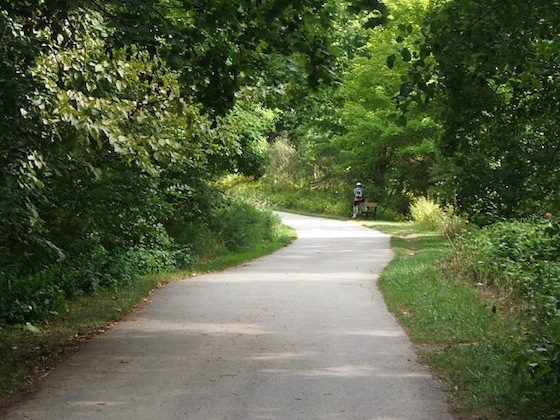Sometimes I’m so full it hurts and I’m already thinking about when I can eat again. Right now, I’m wondering if I should eat another dried fig, or maybe a slice of bread with almond butter. I already ate dinner and I’m definitely not hungry, but I can’t stop thinking about food. At the same time, I’m trying to suck in my tummy because I feel fat – it’s not the same as being fat, because I’m not – but I feel like my tummy sticks out more than it should. And if I slouch I get a crease between my belly and ribs and that really bugs me because I’m a thin person, and thin people don’t get creases in their tummy when they slouch.
No more food until the morning. I’ll be better tomorrow – I won’t eat as much, and then I’ll feel thin again. I can do it. I just need to be stronger.
I’ve never told this to anyone except for one person I absolutely trust, but I think other people need to hear it: I have (or had) an eating disorder.
…Maybe a better way to put it is I have a disordered eating habit. It’s not that I’m anorexic or bulimic, but my relationship with food has a tendency to be more about controlling how I look rather than enjoyment or giving myself the nutrition my body needs to function.
Food is strongly connected to how I feel about myself because it allows me to control the way I look. It’s not that I don’t think I look good, it’s that I don’t think I look perfect. Although there are many good things about being a perfectionist, the drive to constantly improve also means that nothing is ever good enough; an imperfect body is a daily reminder that I have failed. Even worse, being an athlete gives me an excuse to obsess over details like weight and body fat percentages in the name of performance while fueling unrealistic expectations of how my body should look. I don’t just want a thigh gap or a bikini bridge, in my mind I should have both – and be able to run a sub-45 minute 10k.
It’s easy to tell myself that this is an unreasonable way of thinking, and that none of us are perfect and never will be. I get that; my brain understands the concept, but it doesn’t override the feeling that I could be better than I am. Couldn’t we all improve in some way?
An increased focus on athletic performance last year gradually led to an extreme preoccupation with food and weight loss. I tried a variety of methods to control my image and performance: from tracking everything I ate and obsessively analyzing macronutrients, to cutting out whole food groups and even trying a cleanse. I saw some temporary “success” which only fueled my obsession with whatever I was doing, but I weighed myself every day and eventually the number on the scale would go up – renewing the spiral of guilt and increasingly extreme attempts to control my eating habits.
During this time I didn’t actually lose any weight, but became more and more obsessed with food until it was all I would think about. Every waking moment was spent calculating calories, planning how little I could eat and thinking about everything I wasn’t eating.
On a rare beautiful evening in March, I had some free time and spent it walking around downtown Toronto, surrounded by people but all alone with my thoughts for an hour and a half. I thought about what my eating habits were doing to me emotionally, and how I was negatively impacting my health by using extreme methods to strengthen my control. I was tired of being unhappy and guilty about something that is meant to be enjoyed.
That night, I wrote a very short post about my decision to become vegan. The choice was a result of a very strong feeling that I needed to change what I was doing to myself, and strengthen some core beliefs from my childhood that had gotten lost as I grew up and adapted to society’s expectations. It hasn’t completely cured me of my obsessive tendencies surrounding food and I don’t think it ever will, but it helps by providing enough structure to make me feel comfortable about how I am eating.
It’s amazing how much stress can pull you down, which I realized as soon as the weight was lifted. Living in a way that supports my core values surrounding the treatment of animals and the environment while eating healthy foods has really made me feel good about myself.
If you talk to most people who have made a significant change in their life, they consistently talk about how their transformation was the cumulative result of small improvements over time rather than some great fundamental overnight shift. It’s so true that you’re never done growing, and although I’m on the right path I still struggle with the desire to use food as a method of proving that I am in control rather than enjoying it for what it is.
Every once in a while I need a reminder, and that’s why I wrote this; I think there are other people out there that might need a reminder sometimes too, and some more who might not yet be ready to make that change. If you ever feel like you need more than a blog post, talk to me. Send me an email, leave me a comment or find me on Twitter. We all have to look after each other because that’s what makes the world a better place.













